Thawb (tobe or thobe) is a shining star when the discussion is on traditional outfits for men. Two unique styles emerge, which are Moroccan thawb and Emirati thawb. In this blog, witness the debate on Moroccan thobe vs Emirati thobe. Let’s see who wins!
You will study the key differences between Moroccan thobes vs Emirati thobes. You will also learn how each outfit conveys heritage, style, and comfort when paired with keffiyeh and shemagh scarves.
Moroccan Thawb
The Moroccan tobe style often appears as the ‘gandoura’ or ‘djellaba’. Thawbs are also known by these names in Morocco.
A djellaba is a full body length dress for men. Typically, the design is a Moroccan thobe with hood. The sleeves of this tobe are wide and have a comfortable drape.
Craftsmanship is the key. Djellabas may carry:
-
Decorative embroidery
-
Sfifa
-
Aakad button closures
Besides, the fabric of Moroccan thobes is suitable to wear on warm days and cooler evenings. In essence, the Moroccan tobe emphasises:
-
Generous drift of fabric
-
Hooded design
-
Regional artistry
Read: What is the difference between a thobe and dishdasha?
Emirati Thawb
The Emirati version of a thawb is called ‘kandura’ in the UAE. It tends toward simplicity and elegance. It is usually collarless. It has a minimal neckline. A kandura also includes a tassel (tarboosh) hanging from the front.
The fabric of Emirati thobes is often high-quality cotton. This stuff is suitable for the Gulf climate. Its cut is tailored yet modest. The details are understated. These favour a clean silhouette.
Comparison on Moroccan Thobes vs Emirati Thobes
|
Features |
Moroccan Thawb |
Emirati Thawb |
|
Origin |
North Africa (Morocco) |
Gulf Region (United Arab Emirates) |
|
Local Name |
Gandoura / Djellaba |
Kandura / Dishdasha |
|
Silhouette and Fit |
Loose-fitting, flowing robe with wider sleeves |
Straight-cut, streamlined silhouette |
|
Design Details |
Often features a hood (qob), decorative sfifa and aakad embroidery |
Collarless neckline with a tassel (tarboosh) hanging at the front |
|
Collar |
Usually hooded or open-neck |
Completely collarless |
|
Fabric |
Cotton, linen, or wool (adaptable to varied climates) |
Lightweight cotton or polyester blends (for hot Gulf climates) |
|
Embroidery and Ornamentation |
Rich embroidery, colourful trims, and handcrafted buttons |
Minimal or tone-on-tone embroidery for a clean, refined look |
|
Formality Level |
Suitable for casual, festive, or traditional gatherings |
Ideal for formal, business, or religious occasions |
|
Cultural Expression |
Represents Moroccan artistry and regional craftsmanship |
Symbolises Gulf sophistication and modern minimalism |
|
Climate Adaptation |
Designed for both warm and cool climates |
Best suited for hot and arid weather |
|
Overall Appeal |
Artistic, heritage-rich, and versatile |
Elegant, modest, and dignified |
You can accessorize any type of thawbs with a shemagh scarf!
Moroccan Thobes vs Emirati Thobes: Choose The Right Style!
When selecting between Moroccan thobes vs Emirati thobes, consider your context. Djellaba offers an authenticity and comfort if you favour:
-
Freer movement
-
Rich heritage details
-
A looser drape
If your aim is a polished, minimalist garment that reflects Gulf modesty and elegance, the kandura will be more appropriate.
Pair your thawb with a Yemeni shemagh.
The Bottom Line
The debate on Moroccan thobes vs Emirati thobes explains a story. The former is of North-African artisan tradition. The latter shows Gulf refinement and cultural identity.
Both thawbs honour modesty, comfort and heritage. Their subtle differences allow you to select a style that aligns with your setting, preferences, and climate. Shop now!
